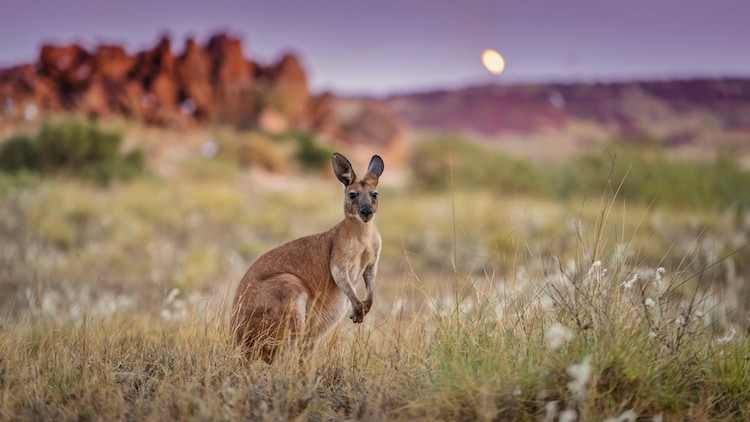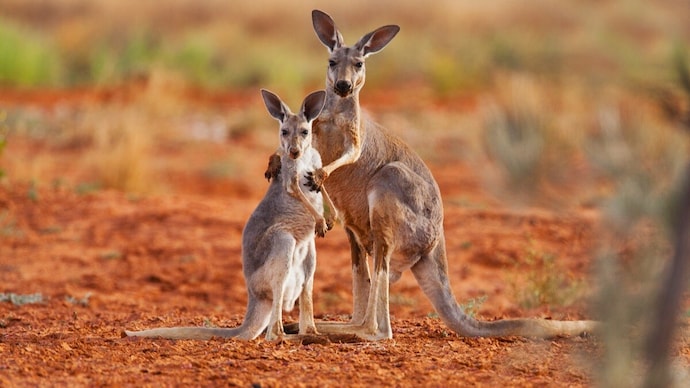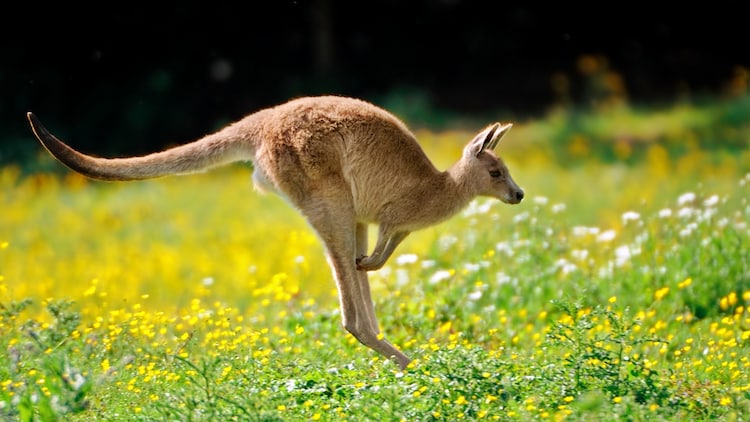
Why don't we find kangaroos outside Australia? Mystery solved
The Indonesian islands served as "stepping stones" for animals and plants originating from Asia to reach New Guinea and northern Australia.

In Short
- Species originating from Asia were more successful at adapting
- Uneven distribution of animal species is partly due to changes in ancient plate tectonics
- Explanation sheds light on the mystery of Wallace's Line
The kangaroo, an iconic symbol of Australia, has never been found outside its native land. This has long puzzled scientists, but a new study has shed light on the secrets of the species.
Led by biologists at The Australian National University (ANU) and ETH Zurich in Switzerland, researchers have discovered that the uneven distribution of Australian and Asian species is due to changing plate tectonics and a dramatic shift in Earth's climate tens of millions of years ago.
This explanation sheds light on the mystery of Wallace's Line, an imaginary boundary separating Australia, New Guinea, and parts of Indonesia from continental Southeast Asia.
According to the study, species originating from Asia were more successful at adapting to and settling in Australia due to their ability to tolerate a wide range of climatic conditions.
"If you travel to Borneo, you won't see any marsupial mammals, but if you go to the neighboring island of Sulawesi, you will. Australia, on the other hand, lacks mammals typical of Asia, such as bears, tigers or rhinos," said Dr. Alex Skeels, a biologist at ANU.
Also Read | World's biggest permafrost crater has a warning for Earth
Dr. Skeels explained that this uneven distribution of animal species is partly due to changes in ancient plate tectonics dating back 45 million years. These changes led to a "continental collision" that altered the geographic composition of Earth.
"About 35 million years ago, Australia was located much further south and was connected to Antarctica," he said. "At some point in Earth's timeline, Australia broke away from Antarctica and over millions of years drifted north, causing it to crash into Asia. That collision gave birth to the volcanic islands that we now know as Indonesia."
These Indonesian islands served as "stepping stones" for animals and plants originating from Asia to reach New Guinea and northern Australia.
However, the Australian species, which had evolved in a cooler and increasingly drier climate over time, were less successful in gaining a foothold on the tropical islands compared to the creatures migrating from Asia.
The researchers analysed a dataset of about 20,000 birds, mammals, reptiles, and amphibians to determine which species hopped between Indonesia and Australia, and which ones were able to successfully adapt to their new home.
Also Read | Here's where Chandrayaan-3 is right now
"Our findings could also inform predictions for animal migration in the future and help us predict which species may be better versed at adapting to new environments, as changes to Earth's climate continue to impact global biodiversity patterns," Dr. Skeels added.
This groundbreaking study not only provides an explanation for the absence of kangaroos outside Australia but also offers valuable insights into the effects of climate change on global biodiversity over millions of years.
Also Read | Elementary, my dear Watson: Sherloc finds building blocks of life on Mars

